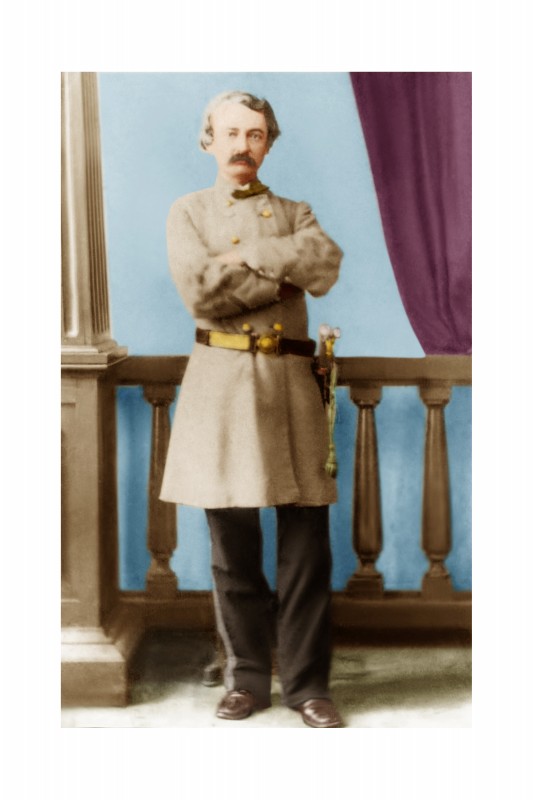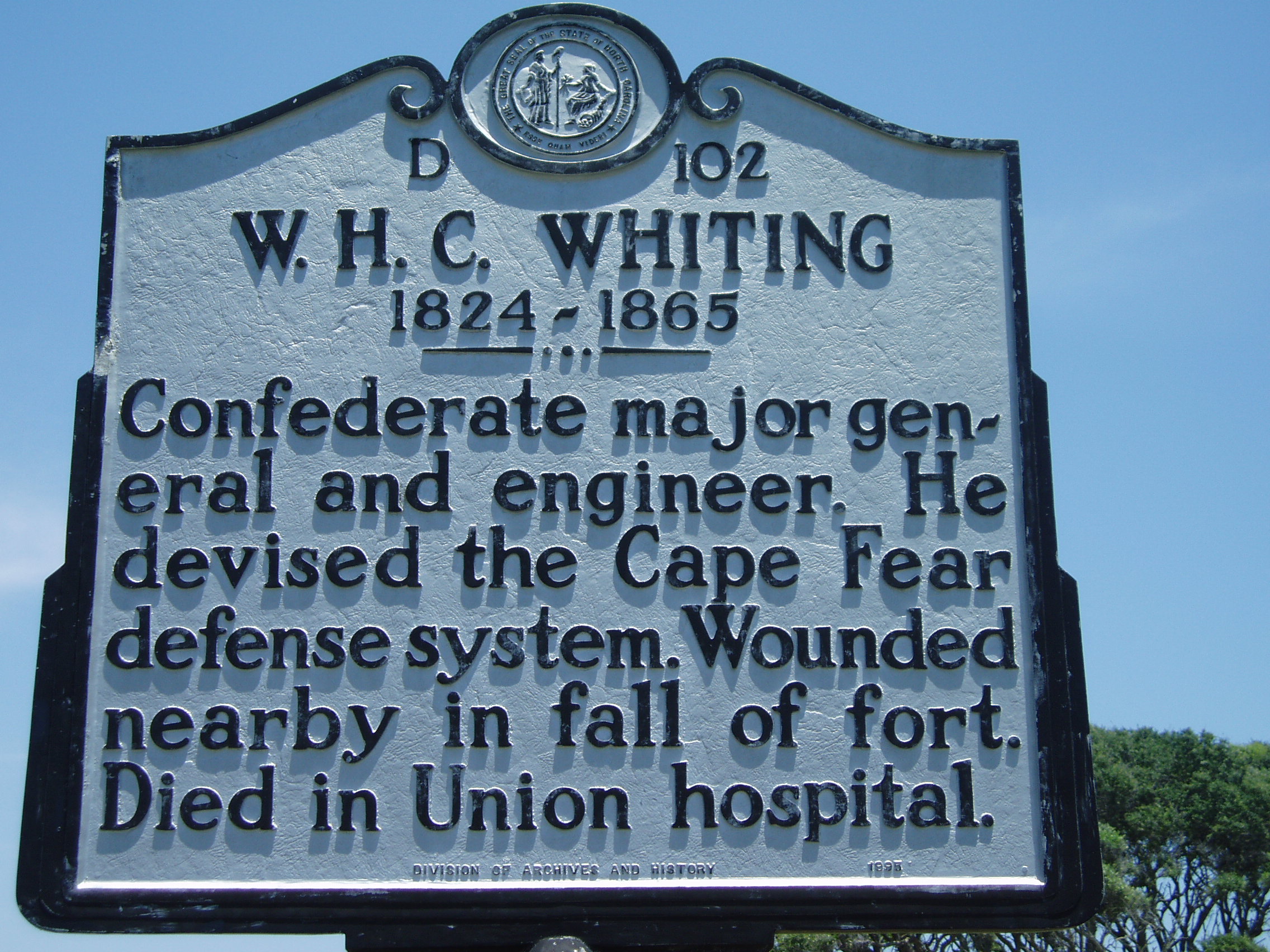English High School History
The Civil War: A Story of Two English Alumni

William Henry Chase Whiting
William Henry Chase Whiting
Established some forty years before the outbreak of the Civil War, it is hardly surprising that English High School sent scores of young men who fought and in some cases gave their lives to the cause of preserving the Union. Certainly, one of the greatest anomalies from that struggle is the peculiar fact that the highest-ranking English High School alumni who gave service during that war did so in opposition to the United States. That man, William Henry Chase Whiting, rose to the rank of Major General in the army of the Confederacy.
Born in Biloxi, Mississippi in 1824, Whiting was sent North by parents who were Massachusetts natives to further his education at English High School, entering at age twelve. Graduating from English High School as class valedictorian, Whiting initially attended Georgetown College, but then entered West Point to follow his father, a U. S. Army officer, in pursuit of a military career. He graduated first in the Academy’s Class of 1845 with the highest grades yet achieved by a cadet.
Whiting was appointed to the Army’s Engineering Corps serving with distinction in varied projects including surveying of military and commercial routes in West Texas and erecting harbor fortifications on the Pacific Coast. He returned to the South in the years prior to the Civil War, his postings including North Carolina where he married.
At the war’s outbreak, he had resigned his commission, and he accepted appointment as a Major of Engineers with the Confederate army. Whiting served in a number of capacities both as a Chief Engineer of the Army of Shenandoah and as a field division commander with the Army of Northern Virginia, where he participated in a number of significant engagements, including First Manassas, Gaines Mill, and the Battle of Seven Pines.

After his promotion to Major General, Whiting was assigned to command a North Carolina district which included Fort Fisher. Today, this memorial to General Whiting can be seen at the fort.
Promoted to Major General, he was assigned to command of a North Carolina district which included the vital coastal fortification, Fort Fisher. While his forces initially repelled a Union assault, a second massive amphibious force was gathered, prompting Whiting to travel to seek reinforcements. When his plea was rejected by Confederate superiors, he elected to return to Fort Fisher, telling the subordinate who had taken command in his absence that the fort’s garrison was to be sacrificed and “I have come to share your fate.”
As Fort Fisher was being overwhelmed by Union forces in January of 1865, Whiting was shot twice and was taken prisoner along with other Confederate survivors. He was transported to Governor’s Island in New York harbor where, suffering from dysentery, he died less than three months after his capture.

Dr. Giles Mosley Pease, English High School Class of 1860
Giles Mosley Pease
A second alumnus of our school carved out a significant career as a physician and also served the Union in two branches of the military, including the legendary 54th Massachusetts Infantry. Giles Moseley Pease was born in Boston in 1839. He studied at English High School and decided after graduation from our school to follow in the footsteps of his father, a physician, enrolling at Harvard Medical College. Soon after the outbreak of the Civil War, he left Harvard and was qualified for appointment as an Assistant Surgeon in the U. S. Navy.
Pease began service in December of 1861, assigned aboard the armed brig U.S.S. Bohio. That ship was part of the West Gulf Blockade Squadron which during Pease’s service patrolled the Louisiana and Alabama Coast capturing or scuttling several vessels engaged in commerce aiding the Confederacy. According to an account published shortly after his death, he successfully treated crew members afflicted during an epidemic of yellow fever at the time of service on the Gulf Coast.

Dr. Pease was medical officer with the 54th Massachusetts Regiment that was later memorialized in Boston Commons.
By November of 1862, Pease’s own health had begun to suffer, which led to his discharge and his return to Massachusetts where he resumed his medical studies at Harvard. Upon graduating with honors, he sought to return to service in the cause of preserving the United States. He enlisted as medical officer with the 54th Massachusetts, legendary for its bravery and sacrifices as one of the first African American regiments. Pease joined the regiment in August of 1863 in South Carolina, near the site of its heroic attack on Fort Wagner the prior month in which it had suffered dreadful casualties. Once again, however, Dr. Pease’s health began to fail, and following hospitalization, he was discharged from the 54th due to disability in May of 1864.
Returning to Boston, Dr. Pease took up the practice of homeopathic medicine. He served on several medical societies and according to accounts of the time, he was popular with colleagues and patients, both for his urbanity and kindness in treatment and for the depth of his medical knowledge, his contributions including his invention of some surgical instruments.
In 1873, Dr. Pease with his wife relocated to San Francisco, where he resumed medical practice. He continued to earn distinction in his field, teaching at the Hahnemann Homeopathic College and serving as a member and Secretary of the California Board of Medical Examiners. He passed away in 1891 at the age of 52 years old, concluding a life of extraordinary service to his profession and to his country. His obituary noted his war service with his fellow members of the George H. Thomas Post Grand Army of the Republic assembling for his funeral.
